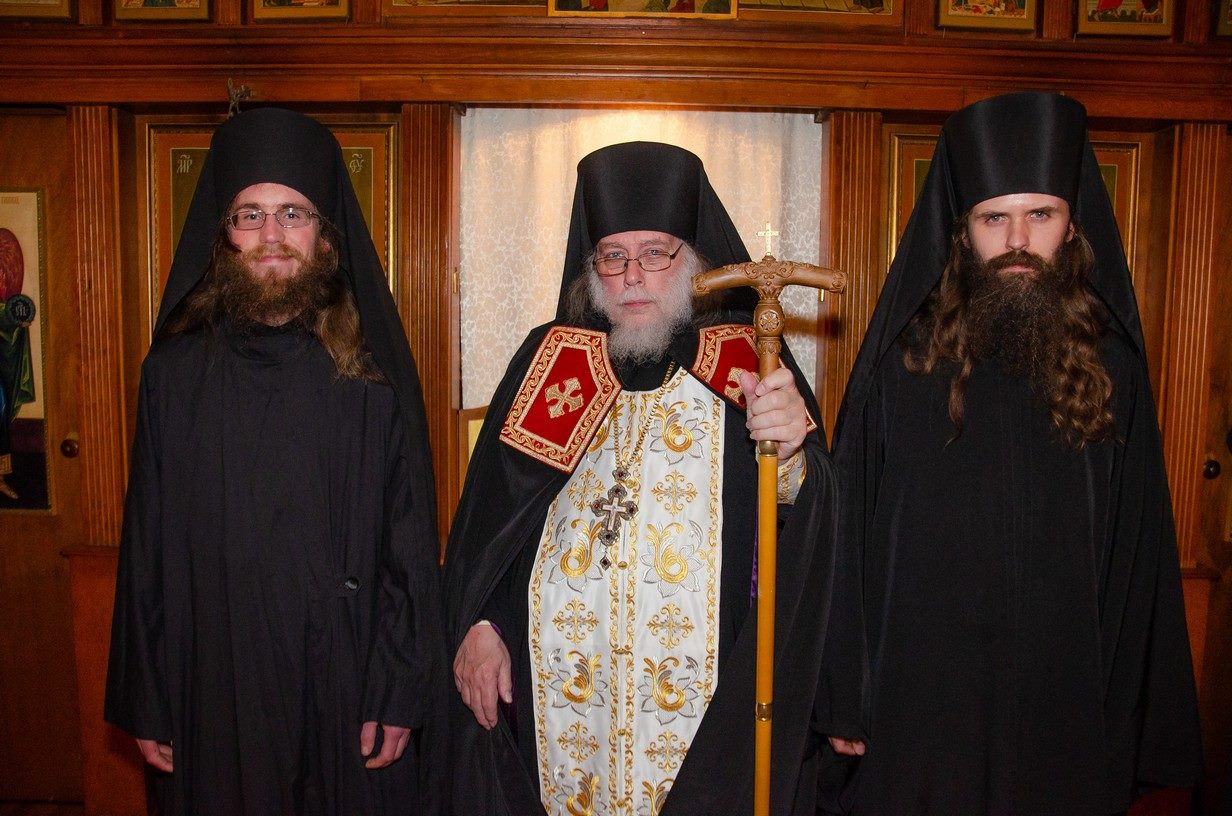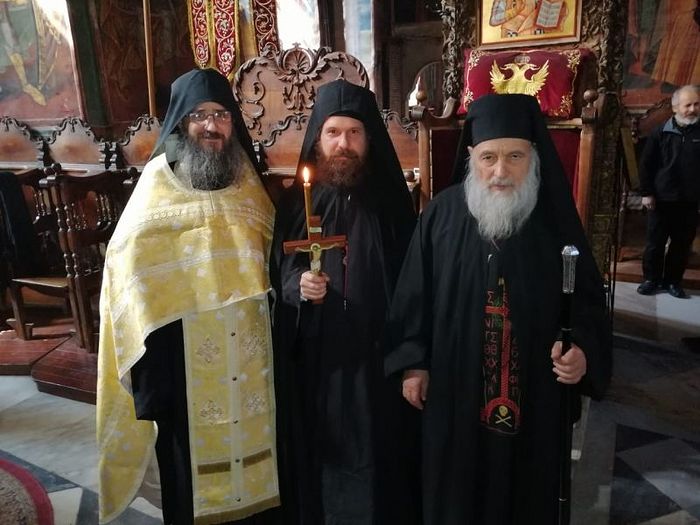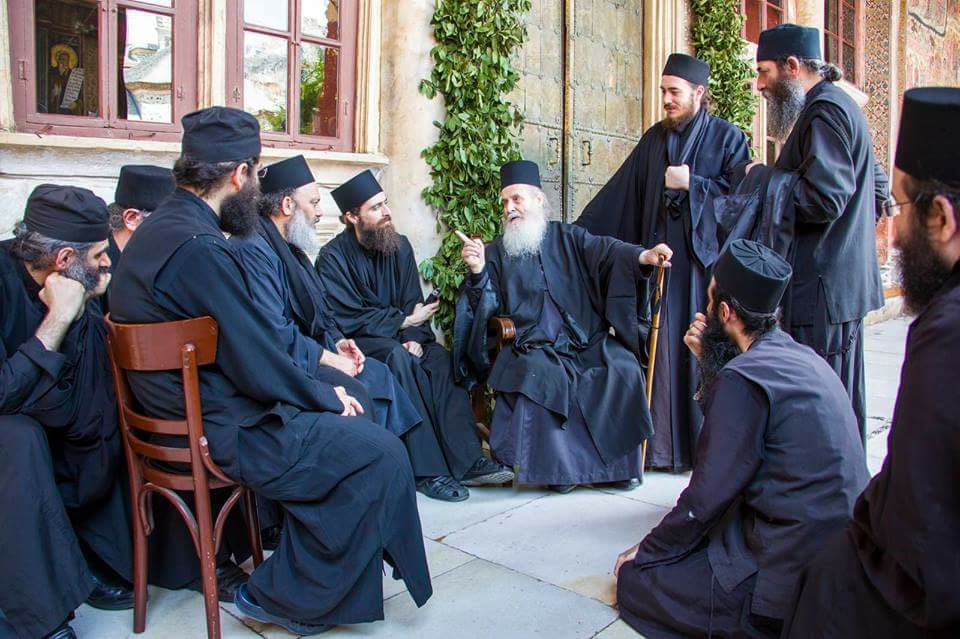حسام الدین شفیعیان
وبلاگ رسمی و شخصی حسام الدین شفیعیانحسام الدین شفیعیان
وبلاگ رسمی و شخصی حسام الدین شفیعیان"Ancient" Syriac bible found in Cyprus
NICOSIA (Reuters Life!) - Authorities in northern Cyprus believe they have found an ancient version of the Bible written in Syriac, a dialect of the native language of Jesus.
Christ and Abbot Menas icon, Louvre, Paris
The Icon of Christ and Abbot Mena (French: L'Icône du Christ et de l'Abbé Ménas) a Coptic painting which is now in the Louvre museum, in Paris.[1] The icon is an encaustic painting on wood and was brought from the Apollo monastery in Bawit, Egypt. The icon measures about 57x57cm (22 7/16 x 22 7/16 in) and is 2 cm thick.[1] The icon has been damaged over the years with some of the pigment missing and it has two vertical cracks running through the image, but it can still be readily made out.[1]

Jesus as the Good Shepherd
Beginning in the second century C.E., vast burial tunnels known as catacombs were carved into the soft volcanic rock surrounding Rome. Roman law outlawed burials within the city limits. The catacombs of San Callisto were built sometime after 150 C.E. and are named after the Christian Pope Callixtus I (papacy ca. 218-223 C.E.) who was martyred for his Christian faith. Christianity was illegal until 313 C.E., when the emperor Constantine signed the Edict of Milan. The image here is from the ceiling of the San Callisto catacombs and depicts a commonly found motif from early Christian art: Jesus as a young man, carrying a lamb over his shoulders—the good shepherd willing to sacrifice all for his sheep.


Christ Pantokrators of Ravenna
Here we see Christ holding the scroll with Seven Seals. In the Book of Revelation, the Seven Seals are the seven symbolic seals that secure the book or scroll that John of Patmos saw in his apocalyptic vision. The opening of the seals of the document occurs in Revelation Chapters 5–8 and marks the Second Coming of the Christ. In John's vision, the only one worthy to open the book/scroll is referred to as both the "Lion of Judah" and the "Lamb having seven horns and seven eyes".
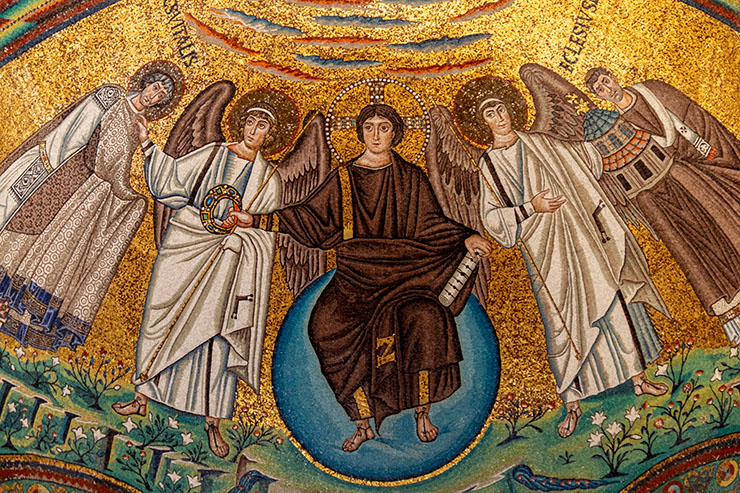
Here we see Christ in Glory at the Second Coming. From the latter part of the fourth century, a still beardless Christ begins to be depicted seated on a throne on a dais, often with his feet on a low stool and usually flanked by Saints Peter and Paul, and in a larger composition the other apostles. Here Christ is shown on a celestial throne represented as a ball of blue light. He is flanked by two angels a saint Vitalis, to whom the church was dedicated and a cleric presenting a model of the church.
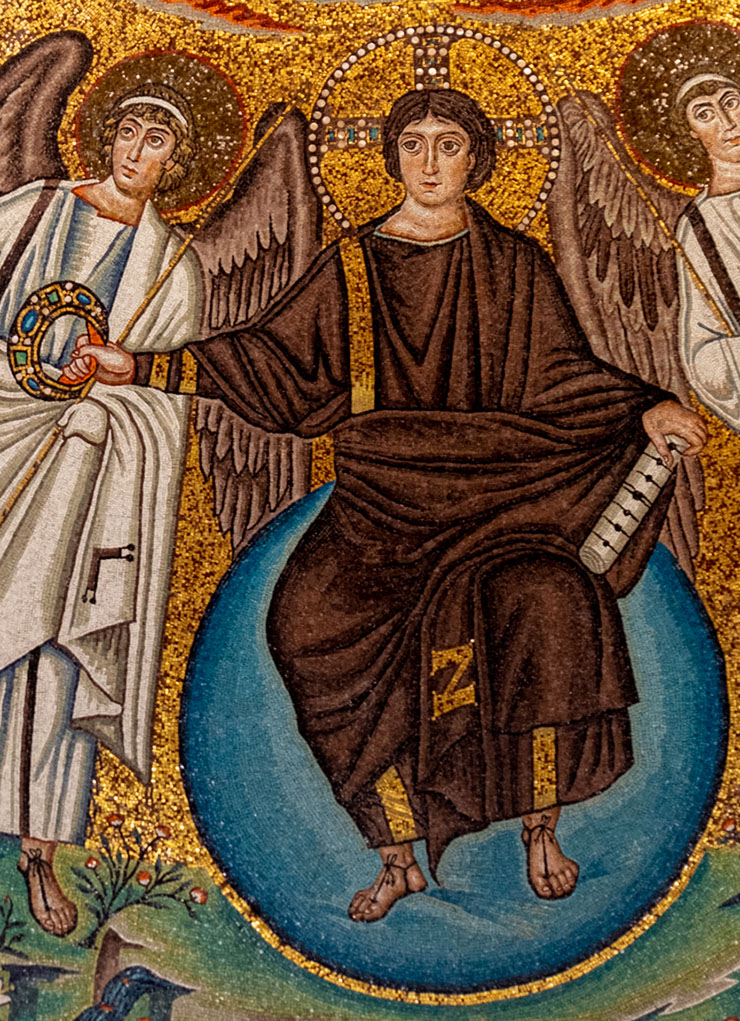
It does not appear that the entire interior of the church was completed with mosaics. The mosaics of the apse were repaired and restored several times in during Byzantine rule in Ravenna. The image of Saint Vitale was repaired along the lower third of his robes and the image the bearded Christ Pantokrator in the center of the apse arch was replaced in the 8th century due to an earthquake. Below you can see this image in the arch.
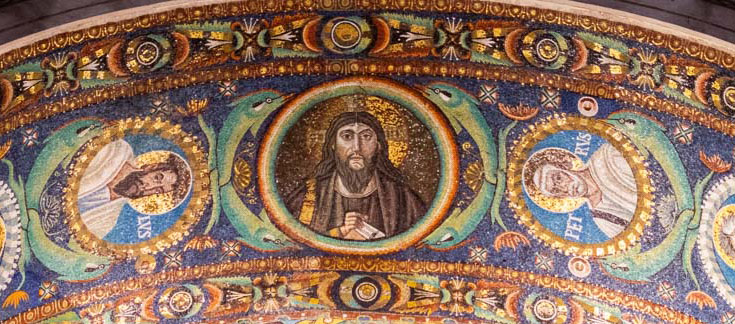
There are two arches with mosaics of Christ in the chapel. Above is the western arch. Christ is shown here between the Apostles James and Thomas. On the far right is Matthew.
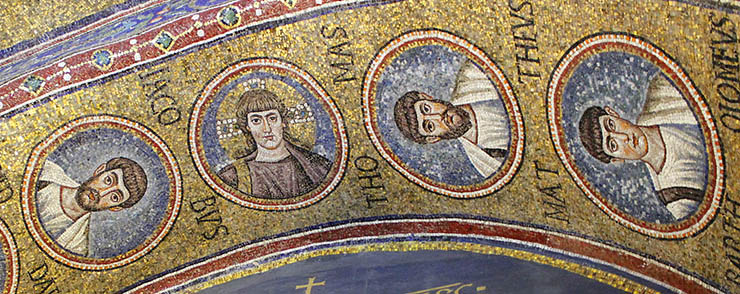
This image of Christ dates from the last years of the fifth century - almost 300 years earlier than the Pantokrator in the last picture - and is located in the Archbishop's Chapel on the first floor of the bishops' palace in Ravenna. The chapel was built by Peter II after he became archbishop in 495, a year after Theodoric's conquest of Ravenna. Peter, an Orthodox bishop, had a close relationship with Theodoric, the Ostrogothic king of Italy, despite his being an Arian heretic. The mosaics date from the original construction. This is the only surviving private chapel from Late Antiquity. It is small and isolated from the rest of Ravenna. It was possibly used as a baptistery as well as a chapel.
Above is Christ between the Apostles Paul and Peter in the eastern arch.
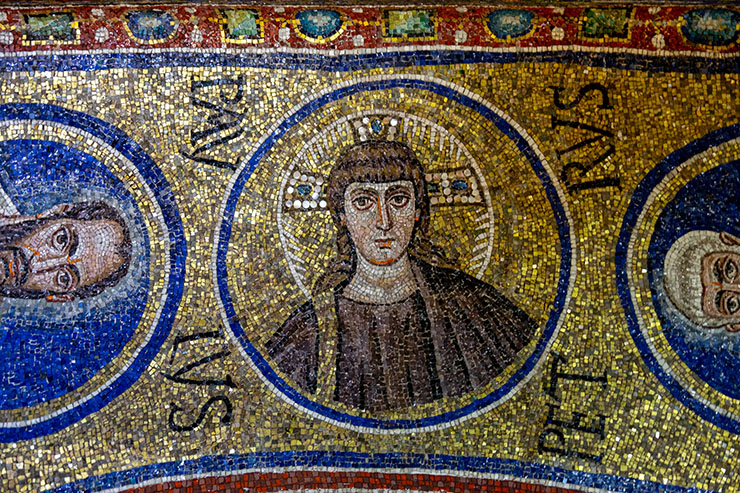
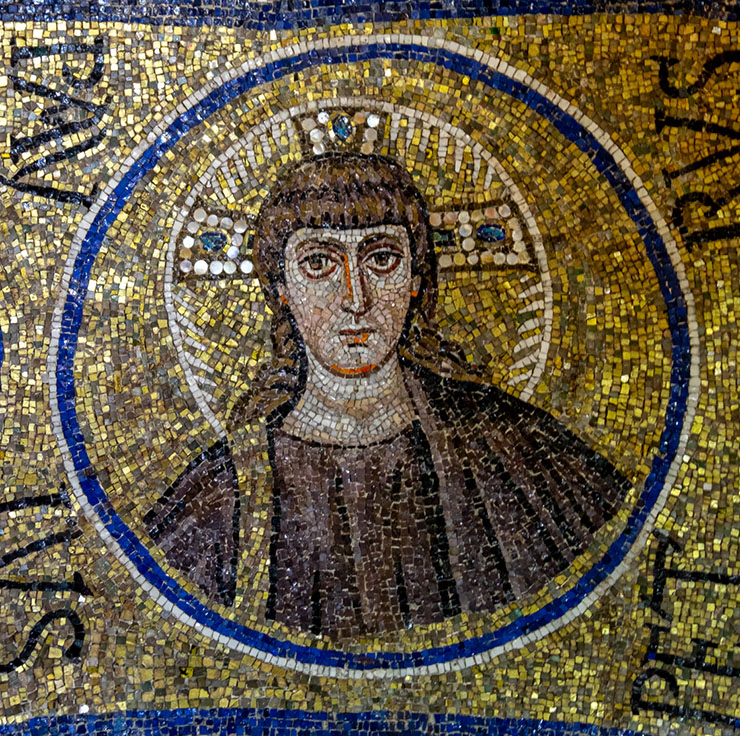

![From Atheist Philosopher to Coptic Desert Monk [Video]](http://brandonvogt.com/wp-content/uploads/The_Last_Anchorite_featuring_Fr__Lazarus_St__Anthony_on_Vimeo.png)




